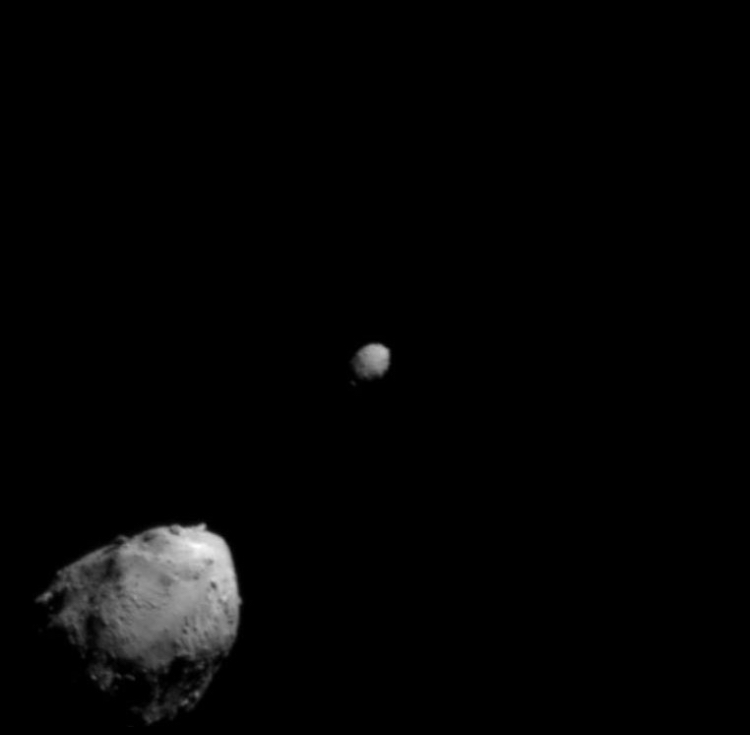NASA hits bullseye with their first Planetary Defense Mission
November 11, 2022
Did you know that NASA performed a successful planetary defense mission?
Late last year on Nov. 24, NASA launched a rocket named Double Asteroid Redirection Test (DART) on a journey to Dimorphos, a small moonlet asteroid that orbits Didymos.
These two asteroids are a binary system that was an ideal candidate for DART to test on because the system posed no threat to earth before or after the test.
On Sept. 26, 2022 at 6:14p.m after almost a year-long journey to the binary system, DART collided with Dimorphos. NASA had the goal for the orbital change to be at least 73 seconds or more. Less than a month later in October, NASA confirmed that the impact of the spacecraft changed the orbital period shortening it by 32 minutes. The impact also pushed the entire Didymos System.
“DART was the first test of its kind, and one might assume the story ended with the impact. Far from it,” said Siegfried Eggl, assistant professor of aerospace engineering at University of Illinois Urbana-Champaign and a member of the DART science investigation team. “OSIRIS-REx spacecraft is returning sample material from the asteroid Bennu to earth next year and will be repurposed to visit the asteroid Apophis on its super close approach in 2029.”
In the year 2024, the European Space Agency (ESA) will be sending a sister spacecraft named “Hera” to the Didymos system and conduct high precision measurements that will continue to measure the orbital period change and help us further understand the changes DART caused in the system.
NASA created an Instagram post that features photos of the impact and post-impact. They captioned the post, “This is for the dinosaurs.”
“I would say we are entering a golden age for planetary defense,” said Eggl. “There is always a little sadness that comes with losing a spacecraft but in the case of DART, of course its sacrifice was for the good of humankind.”



















Yahaira • Nov 12, 2022 at 10:51 am
I watched when DART hit Dimorphos live! It was amazing to watch. Great and interesting article.